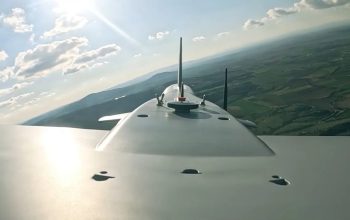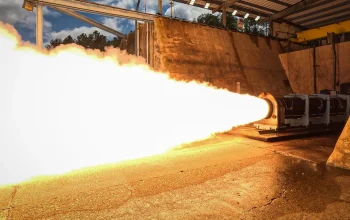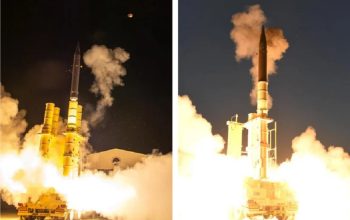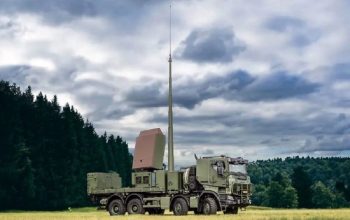In the course of the acquisition of three Lockheed Martin C-130J-30 and KC-130J “Super Hercules” aircraft each, the German Air Force decided to equip all aircraft with HENSOLDT’s latest generation of defence sensor technology. With MILDS Block 2, HENSOLDT is supplying a total of 35 sensors (five per aircraft and five units for lab use) to Danish company Terma A/S, which is managing the integration of the systems at Lockheed Martin through Terma Inc. The contracts, with a scope of 2.9 million euros, were signed in 2020. So far, 20 sensors and the ordered desiccant-kits have already been delivered. By January 2023, the remaining 15 sensors will be delivered. The first “Hercules” for the German Air Force was handed over in Évreux/Fauville (France) on February 19, 2022 to the Franco-German air-transport squadron. With MILDS Block 2, HENSOLDT is also helping to close the capability gap created by the retirement of the C-160 “Transall”.
A high percentage of aircraft losses in current and recent conflicts have been caused by ground-based defence systems using IR SAM (infrared surface-to-air missile). To keep pace with this evolution on the threat side, HENSOLDT Sensors has developed the MILDS AN/AAR-60 Block 2 missile warning system, a self-protection solution specifically for helicopters and wide-body aircraft that allows for higher performance and enables additional features such as in-sensor data recording and Hostile Fire Indication (HFI). Rapid detection and declaration, combined with automatic countermeasure release and crew alerting, supports mission success and safe crew and aircraft return.
MILDS Block 2 is a passive, true imaging sensor system optimised for detecting emission signatures in the UV solar blind spectral band emitted from an approaching missile exhaust plume. The sensor is designed as the successor to the well-known MILDS AN/AAR-60, offering increased sensitivity and additional applications. MILDS Block 2 detects incoming missile threats and indicates the direction of arrival with maximum warning time. MILDS Block 2’s high spatial resolution combined with advanced temporal processing provides a very high declaration rate while virtually eliminating false alarms. MILDS Block 2 consists typically of four to six identical interconnected detectors integrated into the higher-level EW system. In addition, neither cooling nor a central processing unit are required.
Hensoldt AG (HENSOLDT) is a multinational corporation headquartered in Germany which focuses on sensor technologies for protection and surveillance missions in the defence, security and aerospace sectors. The company originated from the electronics business unit of the defence division of the Airbus Group. At the end of February 2017, Airbus sold this business unit to the US financial investor KKR for 1.1 billion euros. Since 2017, the company has been known as Hensoldt. The company’s name can be traced back to Moritz Carl Hensoldt (1821-1903), a German pioneer of optics and precision mechanics in the 19th century. The main product areas are radar, optoelectronics and avionics. Hensoldt’s main office is in Taufkirchen near Munich, Germany. As a technology leader, HENSOLDT drives the development of defence electronics and optronics and is continuously expanding its portfolio based on innovative approaches to data management, robotics and cyber security. Based on the issue price, the market capitalisation amounted to 1.26 billion euros.














